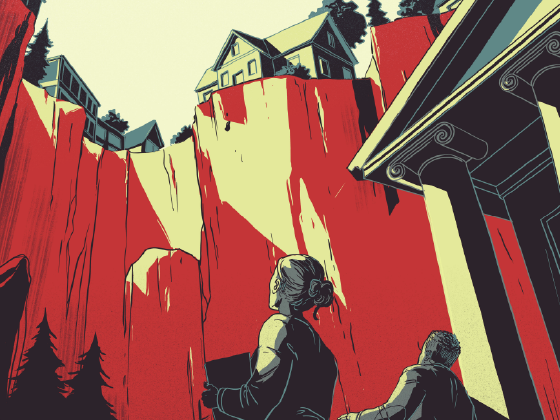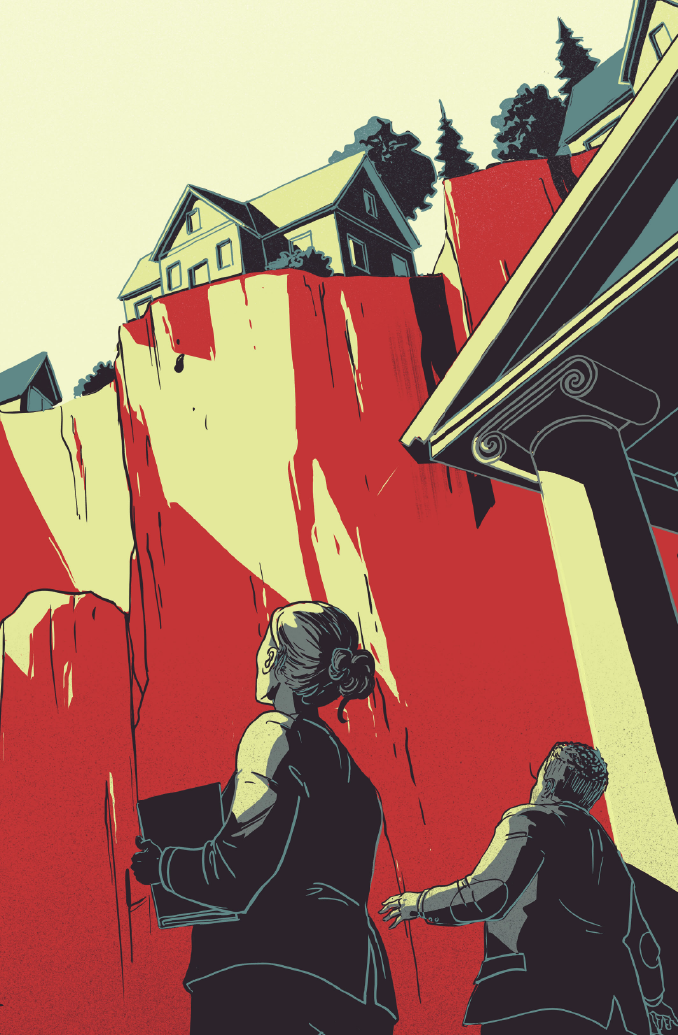Dear Reader,I don’t need to tell you about the precarious financial circumstances facing colleges. Whether it’s cuts in federal research funding, declining enrollments, an expected hike in the endowment tax, or something else — there’s no shortage of stressors on the balance sheets of colleges, and stress on the people who work at them. Many colleges have announced hiring freezes. Some have started layoffs. Everyone is preparing for turbulence. Our experienced journalists can help you navigate the chaos, fear, and uncertainty. |
|---|
Just this week, The Chronicle published its inaugural Money Issue, featuring dispatches from the front lines of a jittery sector. Inside, you’ll find the deep reporting, explanatory sense-making, and data-based insights you’ve come to expect from our newsroom. |  |
|---|
Adrienne Lu, a senior reporter covering the academic workplace, dug into decades of faculty salary data. What she found is a profession beset by stagnant wages. From 2013 to 2023, the average salary of workers in all industries, when adjusting for inflation, grew by 7 percent. The average salary of faculty members over that period dropped by 1.5 percent. |
|---|
 | Looking even further back, the average salary for full-time faculty members, when adjusting for inflation, hasn't budged since 2002. In other words, professors need a raise. But as Adrienne reports, no one should be holding their breath. (How does your salary stack up? Check out our Faculty Pay Transparency Calculator.) |
|---|
Scott Carlson, author of our indispensable weekly newsletter, The Edge, writes about how billions of dollars in federal funding for research and international-aid work have made the Johns Hopkins University and its health system the state of Maryland’s top employer and created multi-billion dollar impacts on Baltimore. But now that federal funding is severely threatened by the Trump administration, imperiling Hopkins’s status as what Scott, a Baltimore resident, calls a “beacon of hope” for the city. What can be gleaned by how other institutions are attempting to right-size their budgets? Maddie Khaw reports on Sonoma State University, a public liberal-arts institution that has faced at least a dozen years of operating losses. Now the university is making big cuts: Forty-six faculty members, both tenured and adjunct, stand to lose their jobs. Twenty-three academic programs are being eliminated and six departments closed. And, unusually for colleges of this size, Sonoma State is closing its entire athletics program. As the university reorients itself toward practical majors, its choices have left lives upended. “I don’t understand any of this,” one professor told Maddie. |
|---|
Here are some additional ways The Chronicle is illuminating the financial landscape.Expert analysis: Phillip Levine, a professor of economics at Wellesley College and a regular contributor to The Chronicle’s opinion section, has since the first days of the Trump administration been modeling out the potential financial impact of federal policy changes. In his most recent article, Levine analyzes the latest congressional proposal for a hike in the endowment tax, and the hundreds of millions at stake for colleges. Is your institution on the list?Timely insights: Every weekday morning in the subscriber-only Daily Briefing newsletter, Rick Seltzer expertly breaks down the latest news and how it will affect your college’s bottom line. To read Rick’s analysis in your inbox, become a Chronicle subscriber for just $4 for your first month. Free webinars: In our monthly virtual-event series, Rick and Sarah Brown, our tireless news editor, unpack the flurry of policy changes from the Trump administration and how they will affect your college’s finances. Stay tuned for announcements of future sessions. |
|---|
Finally, we want to hear from you. How are financial pressures affecting your institution? What strategies are you and your college exploring? Tell us.Sincerely, Evan Goldstein Managing Editor |
|---|



